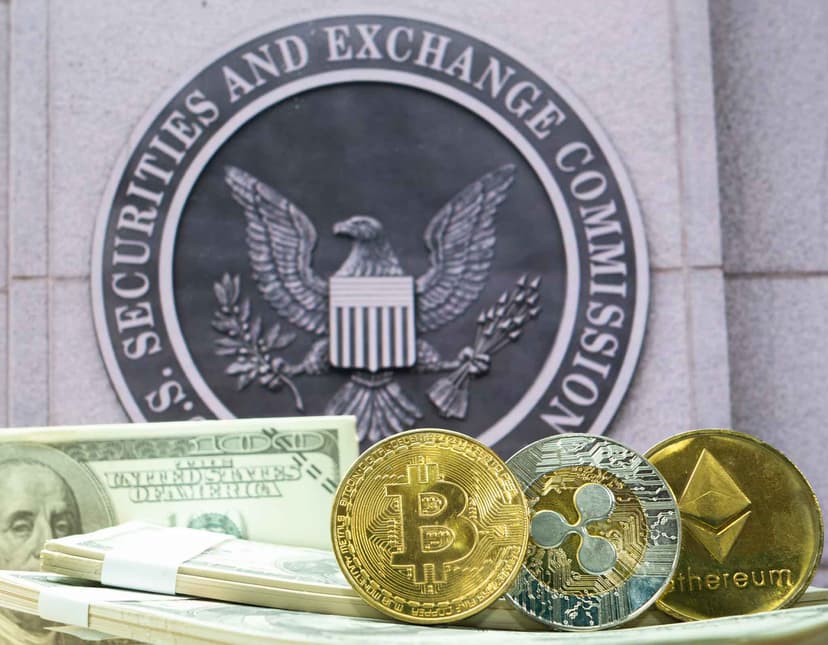

NEWS
Will Inflation Data Prompt Unexpected Fed Rate?

Simpler Trading Team
Last week Simpler’s traders cautioned that the slate of news events this week could lead to a stock market drop with any unwelcome news.
Prices across the board gapped down Tuesday after inflation was shown to be holding at 40-year highs and today the three major indexes didn’t like the latest economic data.
More events are on the way and Simpler’s traders are readying for the possibilities.
Inflation opens window for even higher Fed rate
Market participants hoping for a distinct easing of inflation were met with news this week that the economy is still straining under higher consumer prices.
The U.S. Consumer Price Index (CPI) numbers Tuesday showed inflation as higher than expected and were followed by the U.S. Producer Price Index (PPI) on Wednesday morning with inflation decreasing slightly in this report.
CPI measures consumer expenses for staples such as housing, gasoline, utilities, and food. PPI tracks wholesale cost changes – the price of goods sold by manufacturers.
Buried within these reports is the inflation level that the Federal Reserve (Fed) follows closely. Both PPI and CPI core numbers reveal inflation is still rising, fueling Fed plans to raise benchmark interest rates.
More negative market influences were revealed today with retails sales slightly increasing and mortgage rates rising. Even an averted railway worker strike wasn’t enough to boost the market.
In the market today, the Dow closed at 30,961.82 points to fall .56% (dropping 173.27 points on the day). The Nasdaq dropped to 11,552.36 points for a 1.43% tumble while the S&P 500 erased another 1.13% to 3,901.35 points.
And the next potentially big negative for the stock market is still ahead with the Fed meeting next Wednesday.
Fed may spur even higher consumer costs
With inflation holding at 40-year highs, there are rumblings the Fed may raise benchmark interest rates beyond the anticipated 75 basis points, possibly as high as 100 basis points.
“That’s a big, big deal if you’re trying to get a loan for a house or for a car,” said Bruce Marshall, Senior Director of Options and Income Trading at Simpler Trading. “This makes the cost of everything go up and that’s why the market doesn’t like it. It’s kind of a shock to the market.”
“That’s putting the brakes on the economy which is already not in great shape,” Bruce said.
Mortgage rates have doubled to 6% from levels in the first quarter of this year.
Bruce said the Fed cycle of fighting inflation by raising interest rates is only a few months old and the entire cycle could last 12 to 18 months. The Fed last week doubled down on aggressive rate hikes for as long as it takes to tackle inflation.
“Unless things cool down very rapidly and then the Fed said they won’t do anything, we can expect to be in this cycle for a while,” Bruce said.
Bruce is anticipating the overall market to continue in a downward trend.
“But this could change on a dime if (economic) data comes in better than expected,” Bruce said.
He encouraged traders to protect trading accounts, guarding against long-term exposure.
Veteran traders adapt to volatile market
Bruce has adapted to this uncertain market with sharp rallies and gaps down by working trades on shorter time frame trades, with less capital exposure, and not “swinging for the fences.”
He has based his 30-year trading career on swing trades, not one to regularly pursue day trading. But this market has pushed him to day trade as unpredictable market conditions prevail. He limits holding any trades beyond a couple of days.
“We don’t have much clarity out any further than that,” Bruce said. “You have to be careful, and know what you’re doing.”
Bruce has adapted to this daily style of trading using well-known setups such as calendars, diagonals, credit spreads, and iron condors.
“We can make money in this market, but we’ve had to change the way we trade,” Bruce said.
As an example, Bruce shared a mid-week trade in the S&P 500 (/ES), the day PPI numbers were released. He was looking for a 3,950 pin on Wednesday amidst the market volatility. The /ES was at 4,175 as the PPI report was revealed in the morning and lost momentum throughout the day.
Bruce targeted a broken wing butterfly for daily expiration, risking only $75 capital and gained $552 at the close.
“This is a good way to play this market with the volatility and crazy swings,” Bruce said. “Always watch your risk much more than watching your reward. Manage your trades.”
He is also avoiding any temptation of “buying the dip,” especially with recurring and sudden gaps down like Tuesday where the Dow lost more than 1,200 points.
“We’re not there yet,” he said.
Be a ‘nervous trader’ to manage risk
Bruce acknowledged the difficulties traders are facing in this market and the need to zealously manage risk.
He is focused on the S&P 500 (/ES) in trades, electing to lean into price action in the index versus tracking an extensive stock watch list.
As always, be light, be nimble, Bruce said, and be a “nervous trader” who takes profits when available and uses tight stops on the downside.
In current market conditions, Bruce doesn’t see a defined trend, just sudden and chaotic moves.
“Don’t put too much risk out there until this market finds some footing and we get a trend,” Bruce said.
Even in all the stock market chaos, Bruce is living the lifestyle and trading what the market gives.
“Trading this market is a little scary,” Bruce said. “It’s like riding a roller coaster – it’s a thrill but it’s also scary at the same time.”


